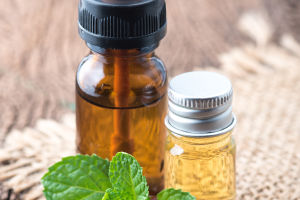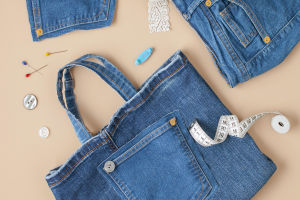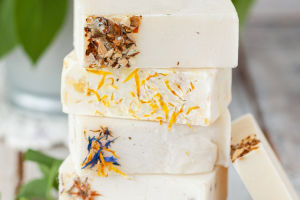
Soap Making Guide

Handmade soap making is a creative and rewarding process that allows individuals to produce personalized soaps using natural ingredients.
Whether you are a beginner or an experienced soap maker, understanding the essential steps and following a few do's and don'ts will help ensure successful results.
1. Gathering Supplies
Get ready oils, lye, distilled water, essential oils, colorants, molds, safety gear (gloves, goggles), and tools (stainless steel pots, spoons, digital scale, thermometer).
2. Safety Precautions
Soap making requires the use of lye, which is a corrosive substance. Therefore, take proper safety precautions before making soap.
Wear protective gear, including gloves and goggles, to prevent accidental contact with lye.
Related
 Dive into the world of plant essential oils, extracted from nature's wonders, offering varied uses from relaxation to skincare.
Dive into the world of plant essential oils, extracted from nature's wonders, offering varied uses from relaxation to skincare.
 Choose a good pearl jewelry to add to your charm.
Choose a good pearl jewelry to add to your charm.
 Lipstick: A versatile cosmetic staple with a colorful history, evolving innovations, and a growing commitment to eco-friendliness.
Lipstick: A versatile cosmetic staple with a colorful history, evolving innovations, and a growing commitment to eco-friendliness.
 From humble workwear to timeless fashion icons.
From humble workwear to timeless fashion icons.
 Jewelry, a treasure trove of history, culture, and beauty, adorns the crown of human civilization.
Jewelry, a treasure trove of history, culture, and beauty, adorns the crown of human civilization.
 Handmade and soaps differ in production, ingredients, texture, aroma, and skin impact, offering distinct cleansing experiences.
Handmade and soaps differ in production, ingredients, texture, aroma, and skin impact, offering distinct cleansing experiences.
Work in a well-ventilated area to minimize fume exposure.
Keep children and pets away from the workspace.
Follow proper storage and handling procedures for lye and other chemicals.
3. Recipe Selection
Choose a soap recipe that suits your preferences and skin type. Consider the different properties and benefits of oils, such as coconut oil for lather and olive oil for moisturizing.

Ensure that your recipe's proportions are accurate to achieve the desired results.
4. Measuring and Mixing
Accurate measurements are crucial for soap making. Weigh all ingredients using a digital scale, as volume measurements can lead to inconsistency.
Mix the oils and heat them gently until they reach the recommended temperature.
Dissolve the lye in water separately and let it cool. Gradually add the lye mixture to the oils, stirring constantly until the mixture thickens (known as "trace").
5. Adding Fragrance and Color
Once your soap mixture reaches trace, you can add fragrance, essential oils, and colorants.
Be cautious when working with essential oils as some may cause skin irritations.
6. Pouring and Curing
Pour the soap mixture into chosen molds and tap them gently to release any air bubbles. Cover the molds and let the soap cure for 24 to 48 hours.
Afterward, remove the soap from the molds and cut it into desired shapes. Allow the soap to cure further in a well-ventilated area for 4-6 weeks.
This curing period allows excess water to evaporate, resulting in a harder and longer-lasting soap.
7. Don'ts
Do not rush the curing process, as it is essential for achieving a high-quality soap.
Avoid using plastic or reactive metals when working with lye.
Do not forget to label your soap with ingredients and date of creation.
Avoid using excessive or skin-irritating fragrance or colorants.
Do not forget to clean and sanitize all equipment before and after use.